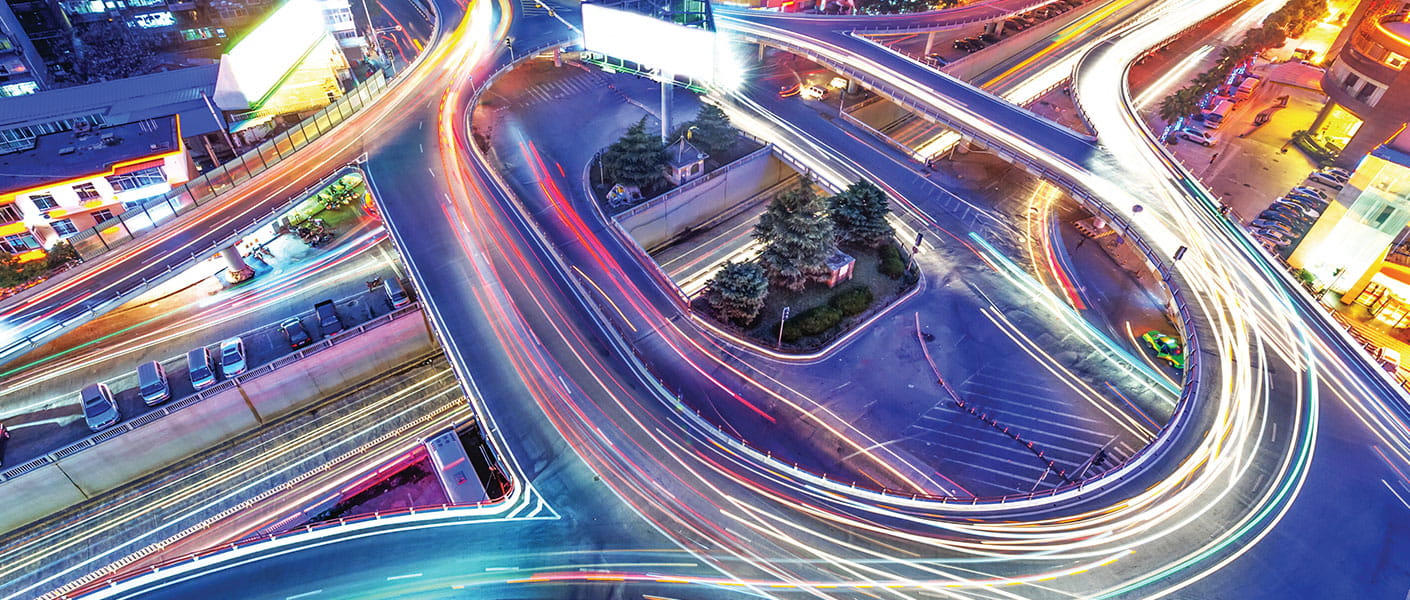The New Energy Future is a series of white papers that aims to brief readers on major issues arising from the transition currently underway in the world of energy, apprising them of the pitfalls and opportunities ahead. It will extend the boundaries of what we can expect from the new energy future in the Australian context and outline the possibilities it presents of not just a changed world, but a better one.
This second chapter of the series explores how the uptake of electric vehicles (EVs) will affect transport markets and community behaviour, and paints a picture of what the transport energy supply is likely to look like in the near future.
If EVs are to deliver the hoped-for GHG emissions savings, increased renewable energy will need to be used to charge them. Here, the most likely scenario seems to be that home solar systems, used in conjunction with large-capacity storage batteries, will drive GHG emissions reductions and at the same time deliver savings on energy costs to EV users.
The prospect of vehicle owners charging each night from the grid or a battery attached to a home solar system suggests massive drops in revenue for the petrol industry.
The most aggressive forecasts see eventual falls of up to 97%. Government will also be affected as fuel excise tax revenue drops, and it will need to rethink funding sources and mechanisms to build and maintain transport infrastructure.
Advisian’s view is that EVs are unlikely to have a significant effect on fuel sales until the mid-2020s. Yet, revenue is not the only area where transport energy markets will see change. Falling petrol use will see oil companies change the product and fuel mix they offer, and they will need to reconfigure their infrastructure. Petrochemical feedstocks could be used increasingly for plastics.
Increased use of a wider range of fuels, including not just electricity but also biofuels, liquefied natural gas (LNG) and even liquid hydrogen, will lower barriers to entry in the transport energy industry and encourage new participation. Petrol stations could be pushed towards offering EV-charging stations alongside liquid-fuel pumps. Auto manufacturers could package energy supply with vehicles, the way Tesla does with its Supercharger network.
The transport energy supplier of the future will have to be agile enough to follow market trends and respond quickly as the fleet and fuel mix changes.
Finally, the eventual replacement of liquid-fuelled vehicles with EVs will reshape our cities and the way we live in them. People will choose one cafe, or one employer, over another because it offers free or subsidised vehicle charging. EV batteries could be relied on to balance increasingly unpredictable outputs from renewable energy sources, and the related rise of autonomous vehicles could reduce road congestion and accident rates, and see swathes of parking space freed for other uses. These changes will form a future topic for deep analysis.



